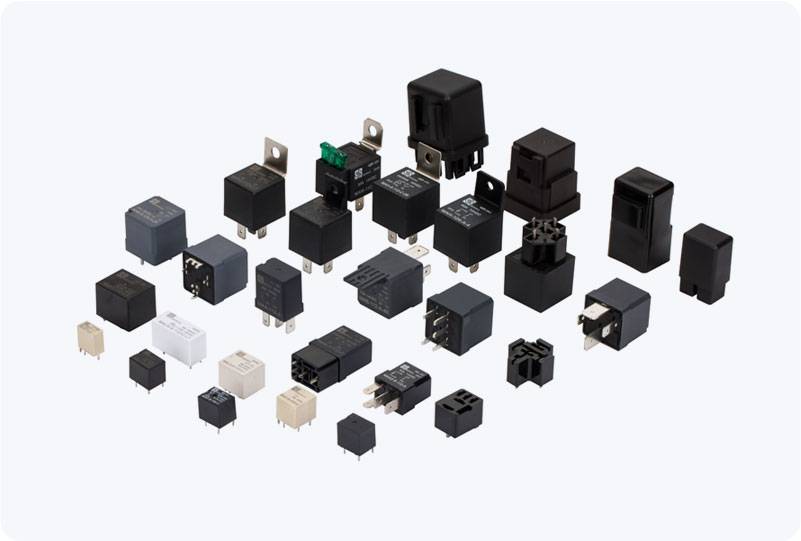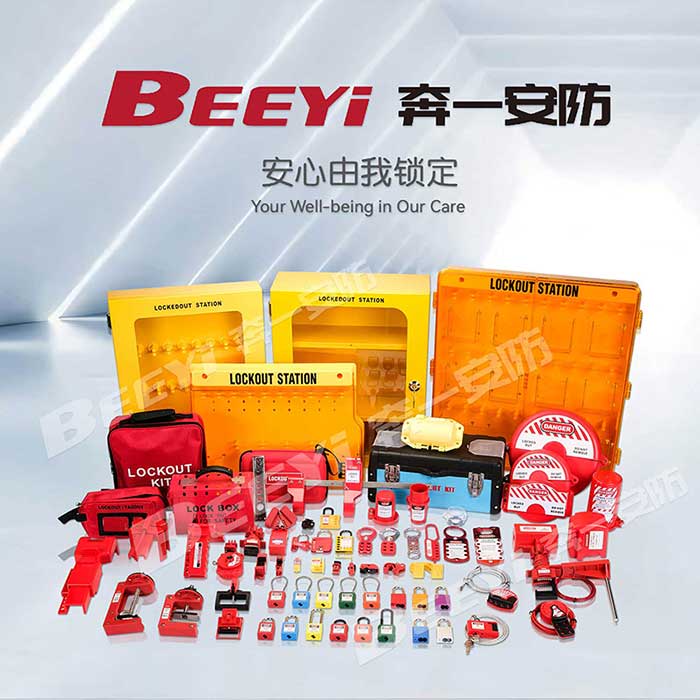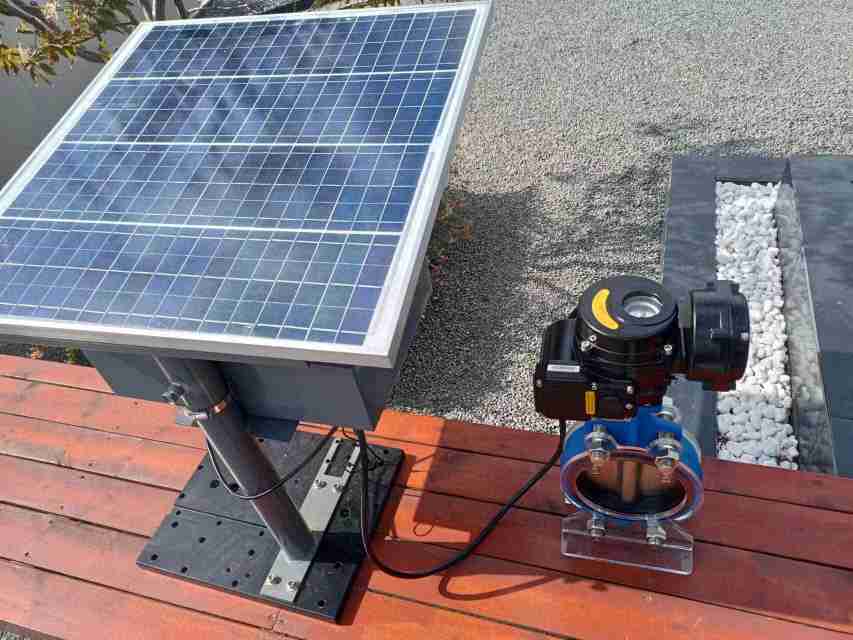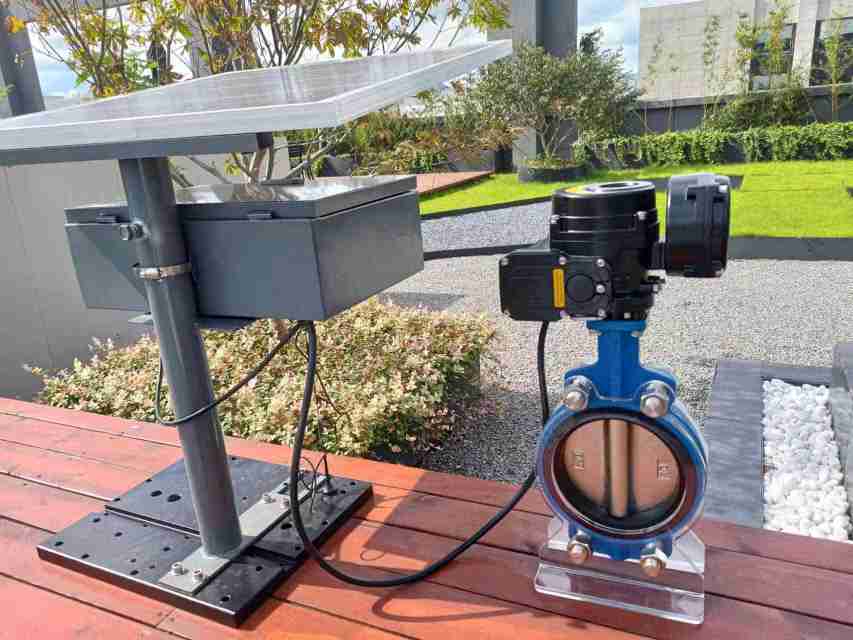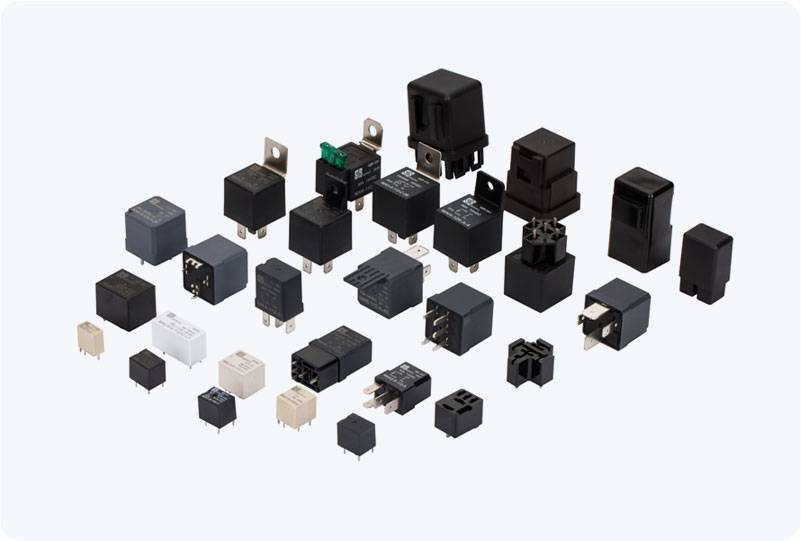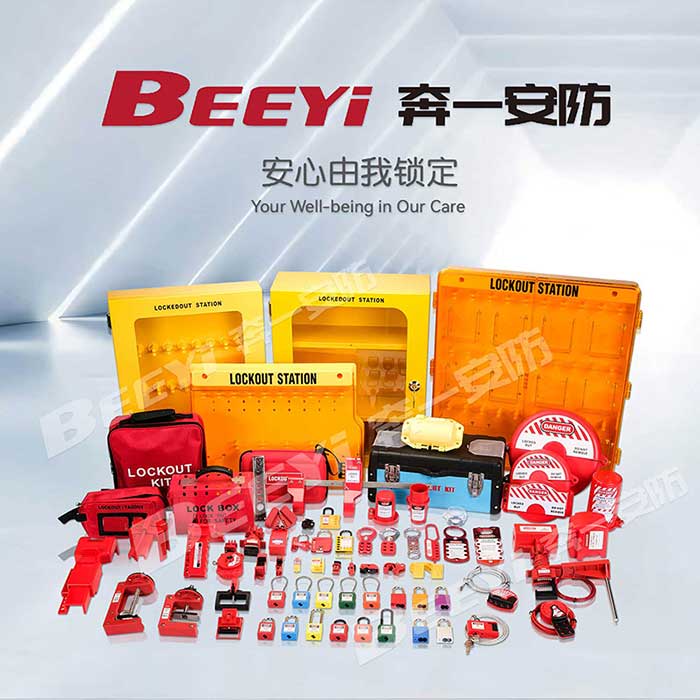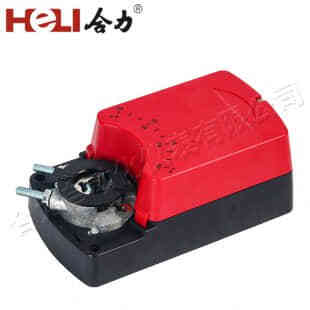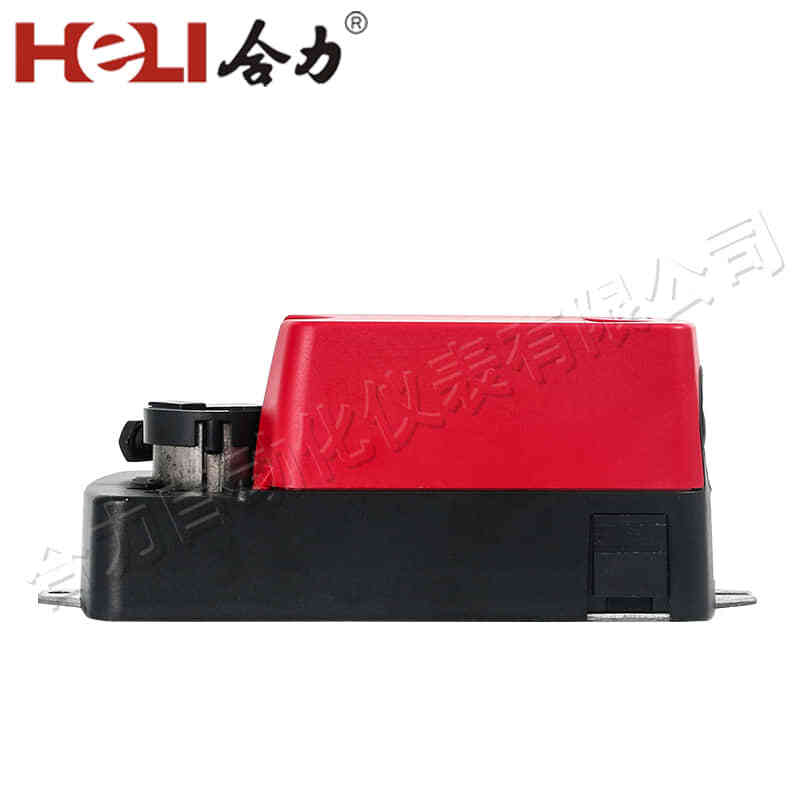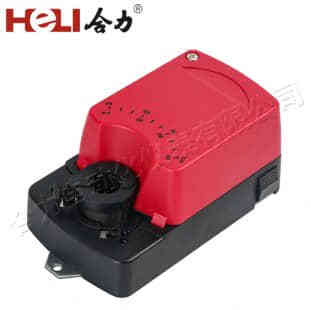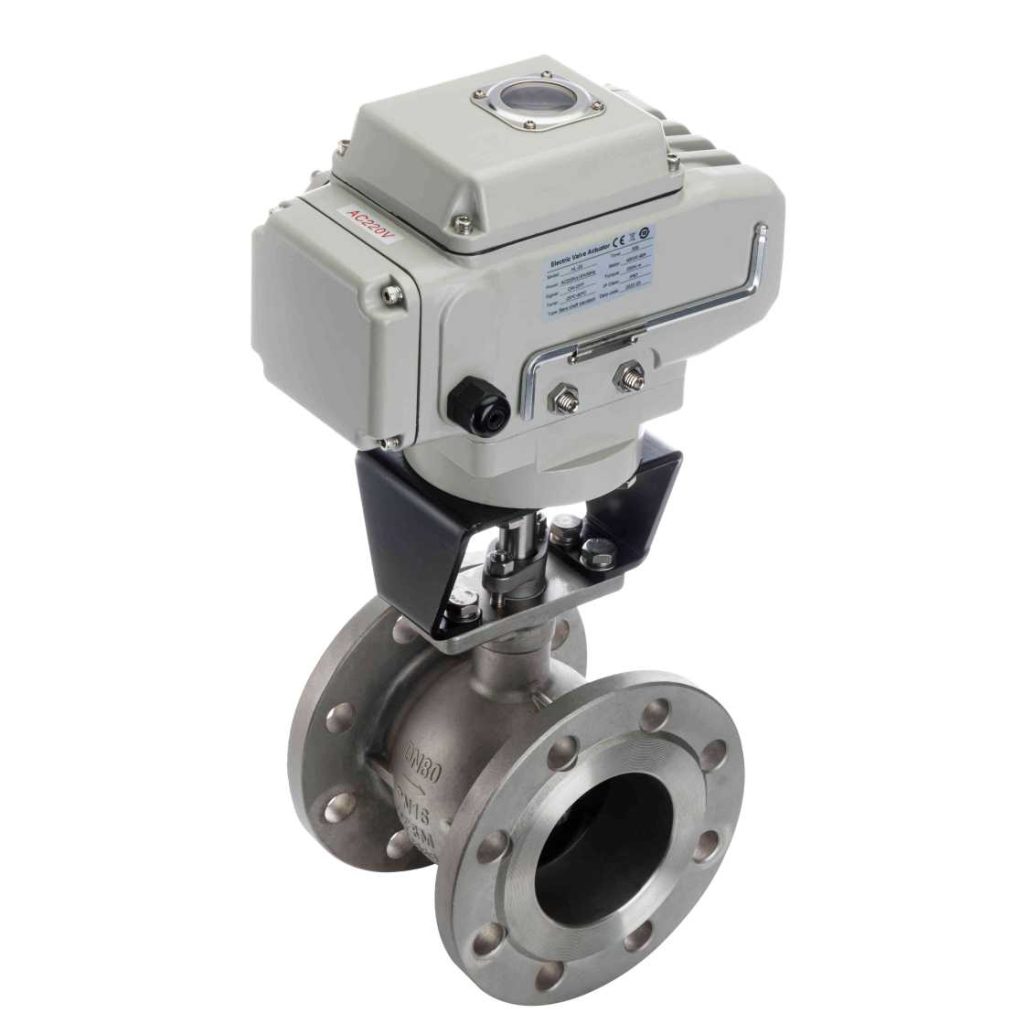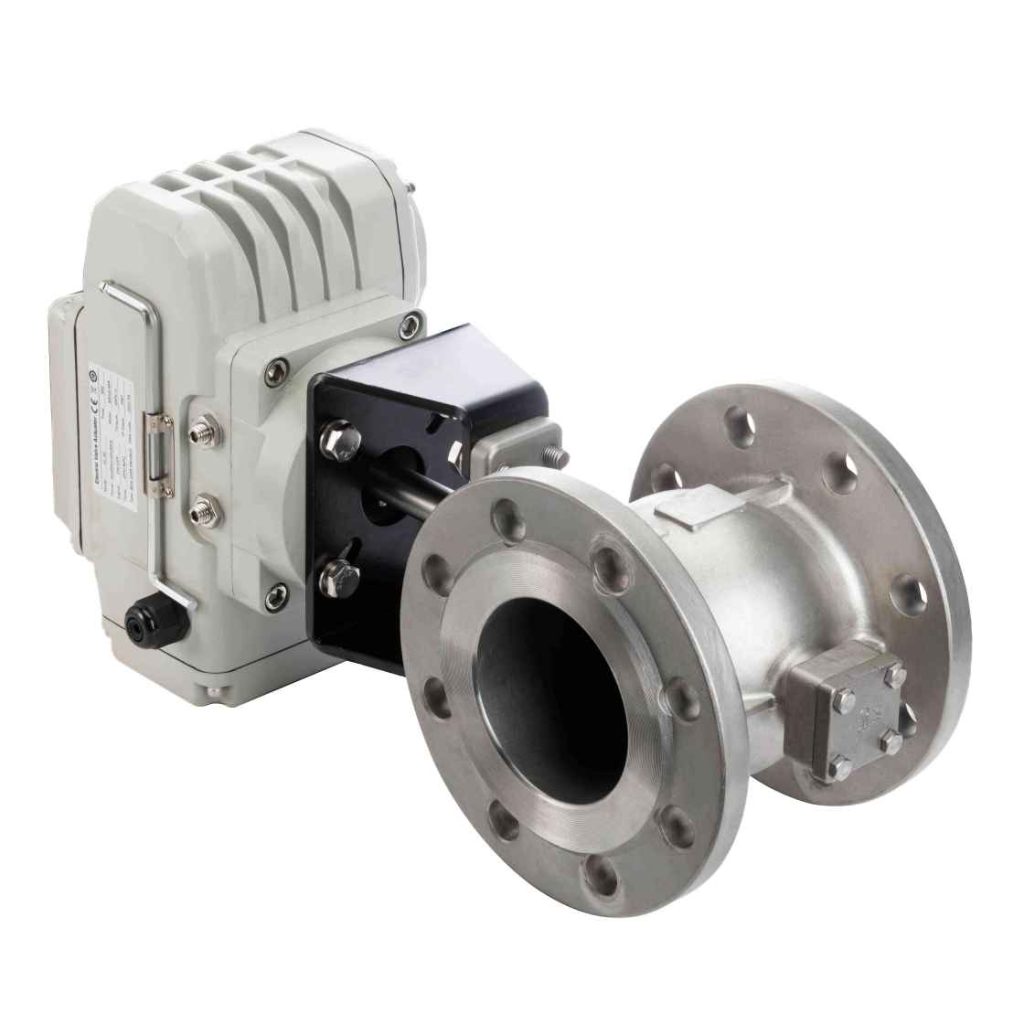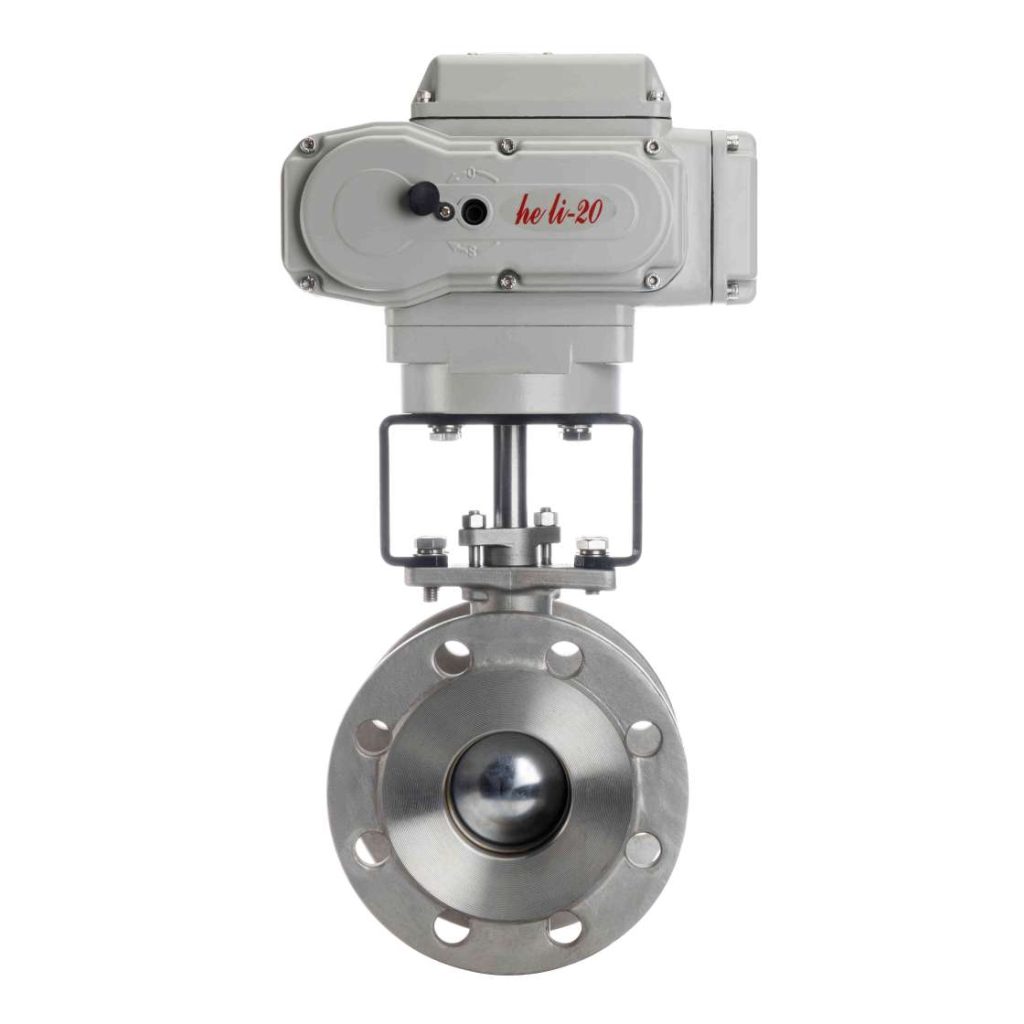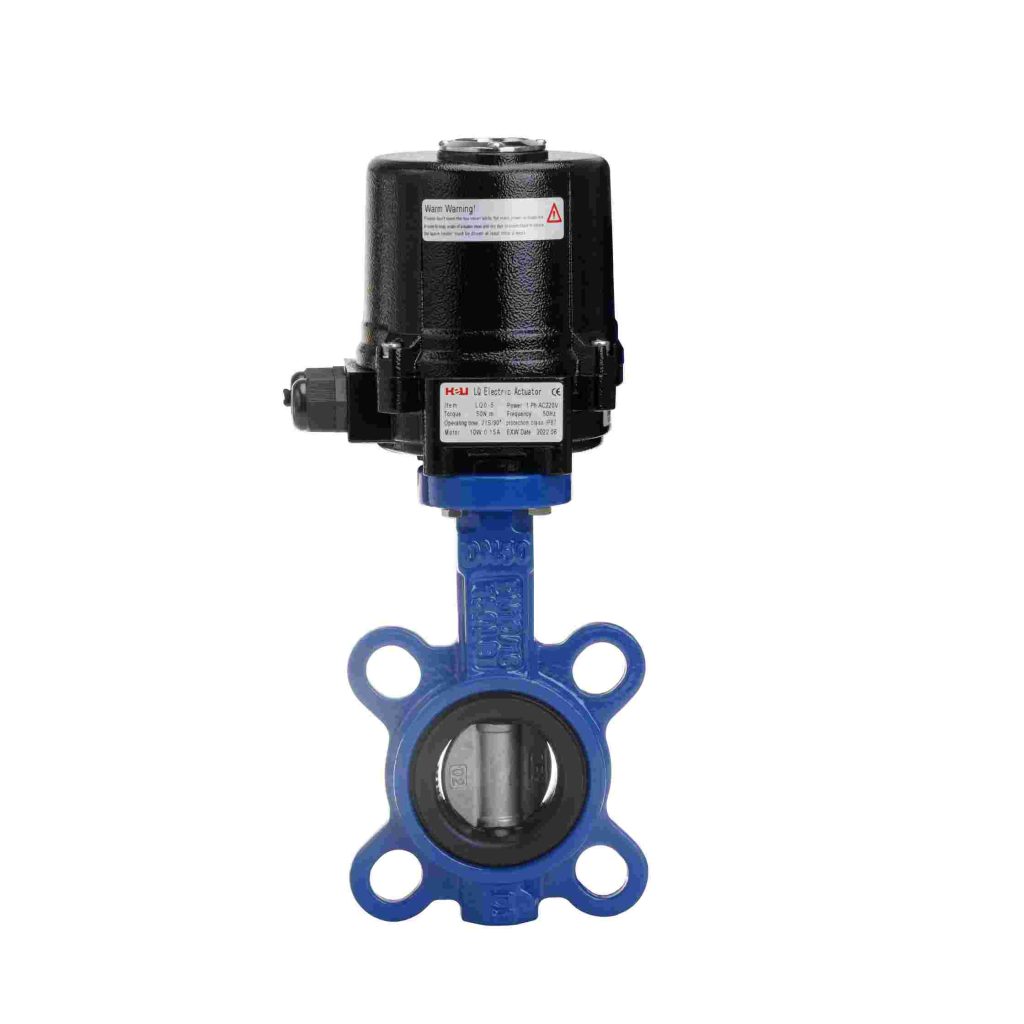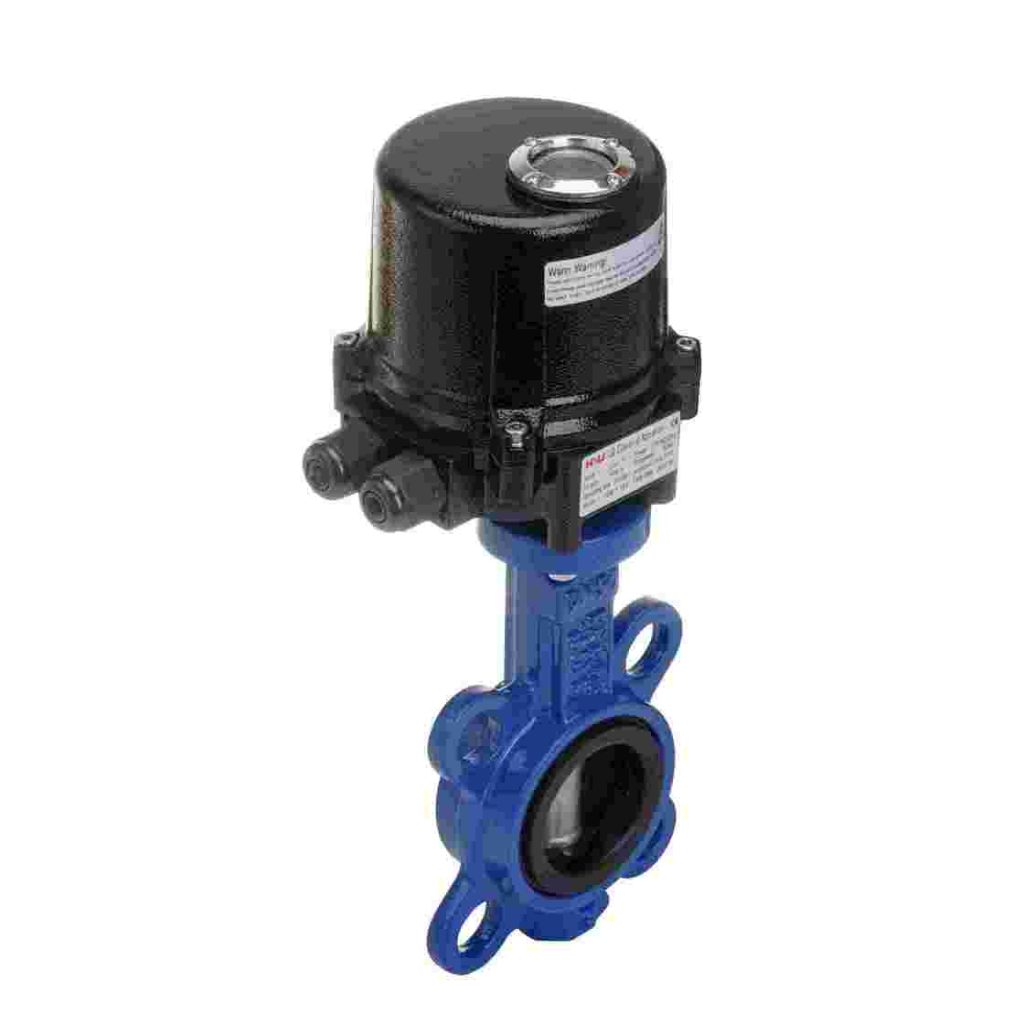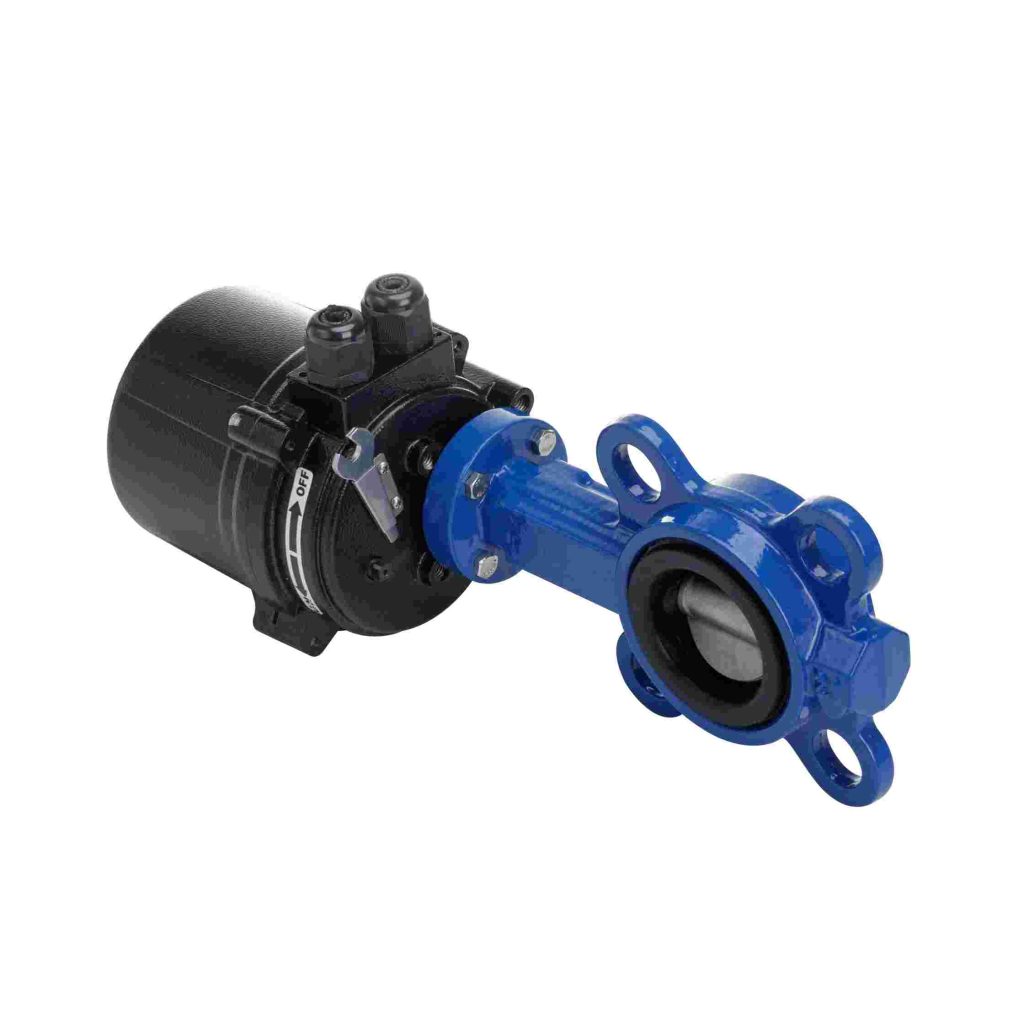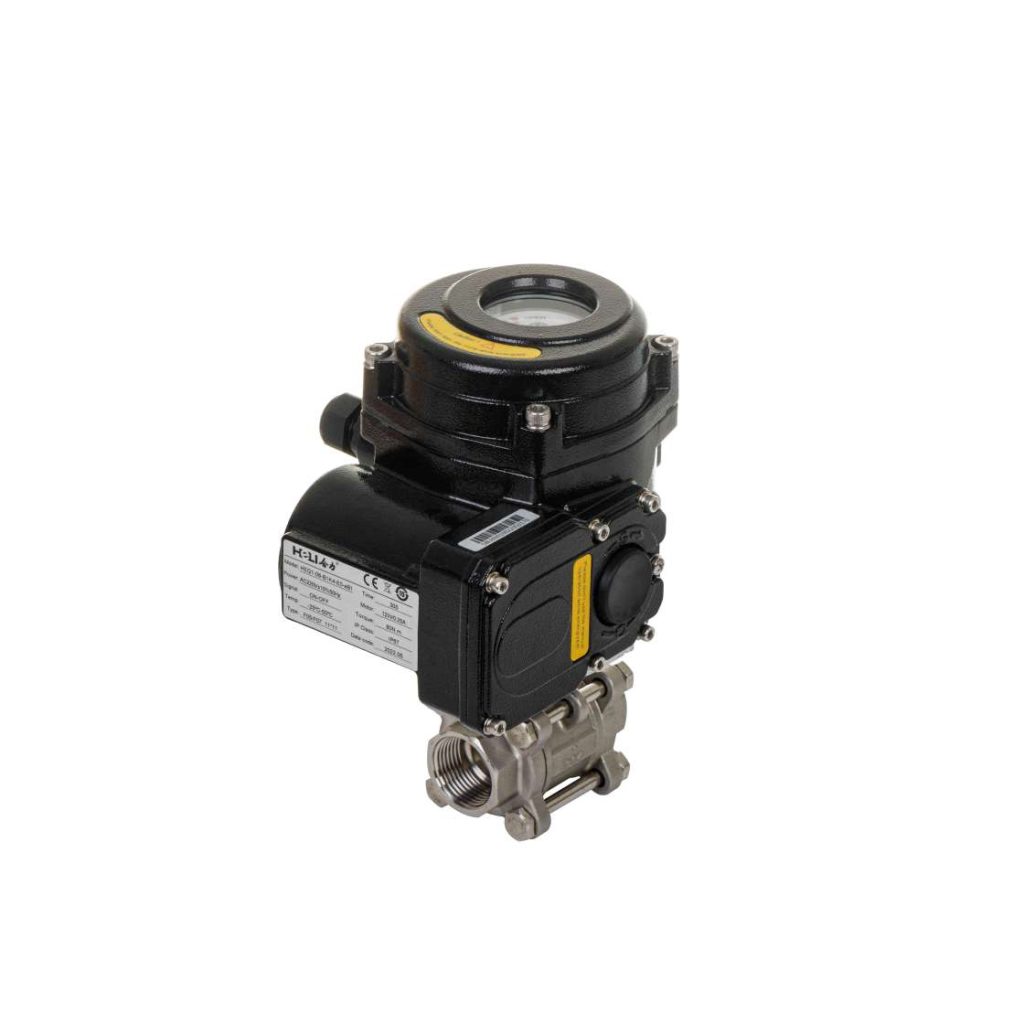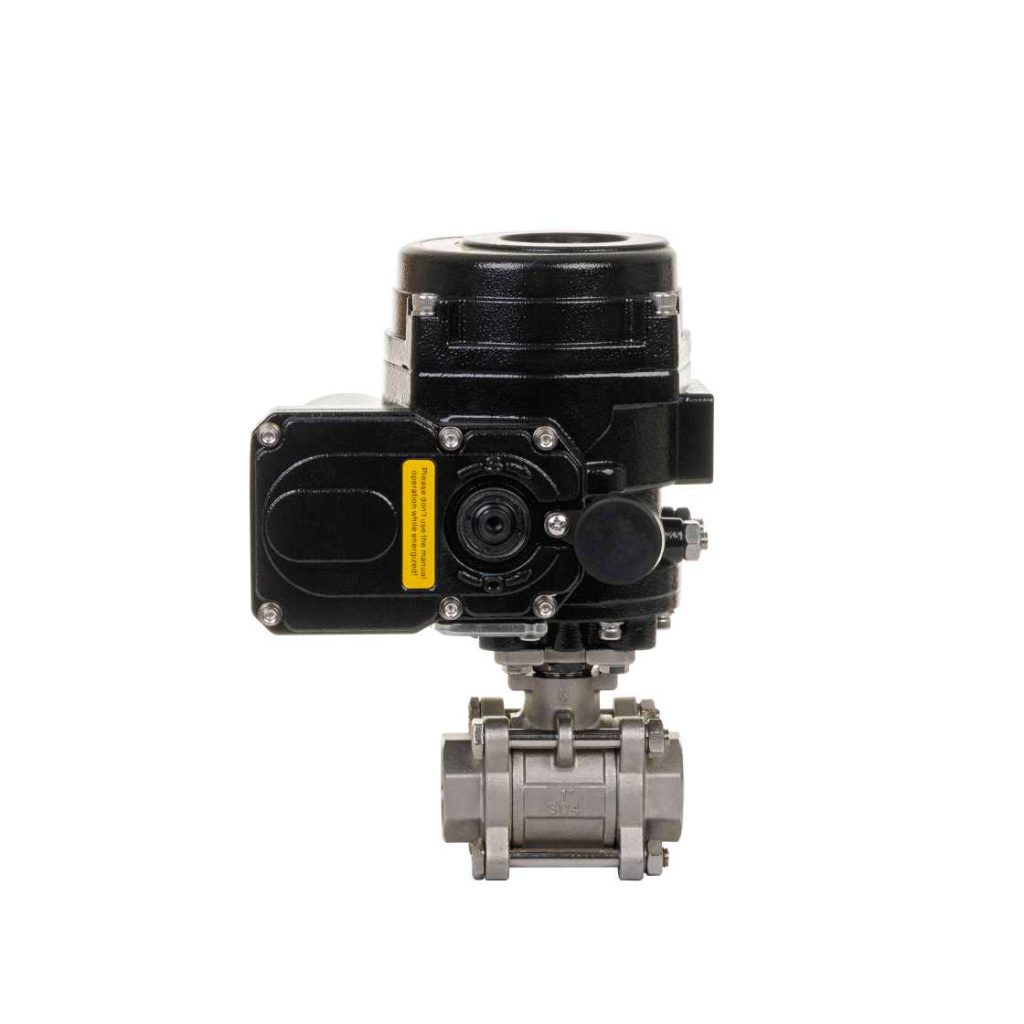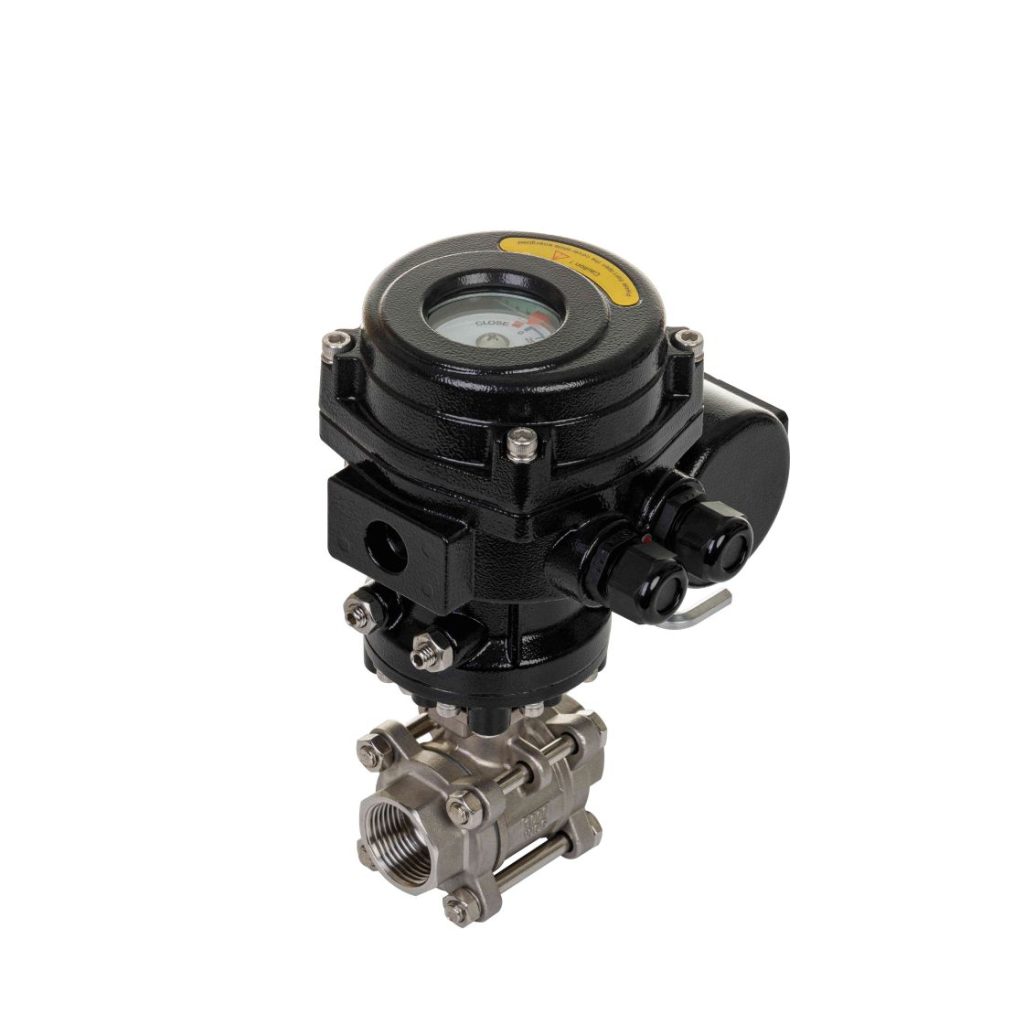In the oil and gas industry, safety is paramount, particularly when dealing with highly flammable and explosive materials. The presence of hazardous gases and volatile chemicals makes the operational environment inherently risky. To ensure the safe and reliable operation of electrical systems in such conditions, the Explosion-Proof Relay plays a crucial role. These specialized relays are designed to prevent sparks or heat from igniting dangerous substances, thereby offering protection and enhancing the overall safety of industrial operations.
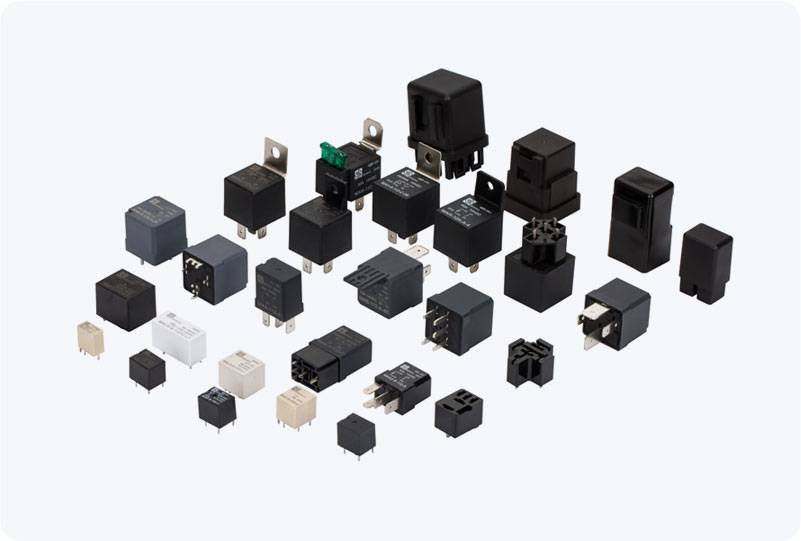
What is an Explosion-Proof Relay? An Explosion-Proof Relay is a device designed to control electrical circuits in hazardous environments, where the potential for explosion exists. These relays are engineered to prevent any ignition within their casing that could trigger an explosion in the surrounding atmosphere. Explosion-proof relays are typically used in environments with explosive gases, vapors, and dust, such as those found in the oil and gas industry. They are housed in robust, sealed enclosures that can withstand external pressure and prevent the escape of sparks or flames from within.
